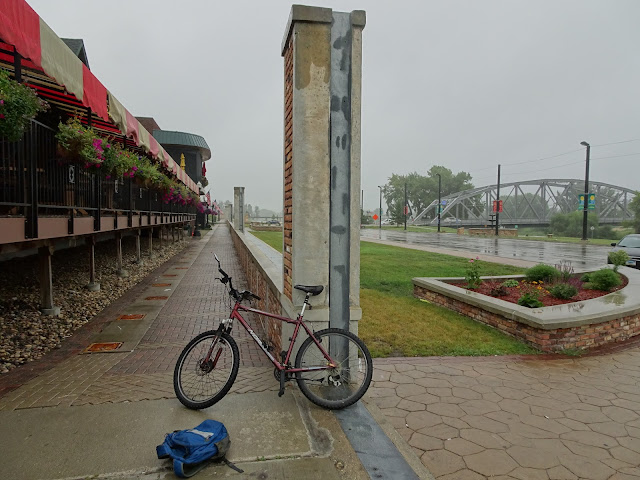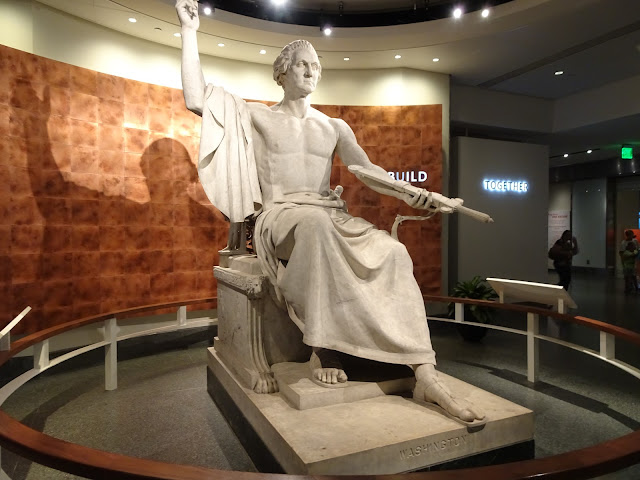- Total KM driven 14,008
- Total KM with Hugh (part two) 7,101
- Vancouver Island is 460 KM long (according to Wikipedia) so I drove the equivalent of seven times up Vancouver Island and back
- Fuel was 35% of costs
- Food 17%
- Ferries 3%
- Parks 23%
- Other 23% (This included repairs and replacement and return air fare from Atlanta)
- Gas price was a low of $2.50 US per US Gallon to a high of $3.25. By one calculation that I did at $3.00 US a USG it is equivalent to about $1CDN per liter.
That’s it. Thank you to those who have followed this Blog. It is very convenient to be able to look up where one has been when the memory of events may get a bit blurred!


















































